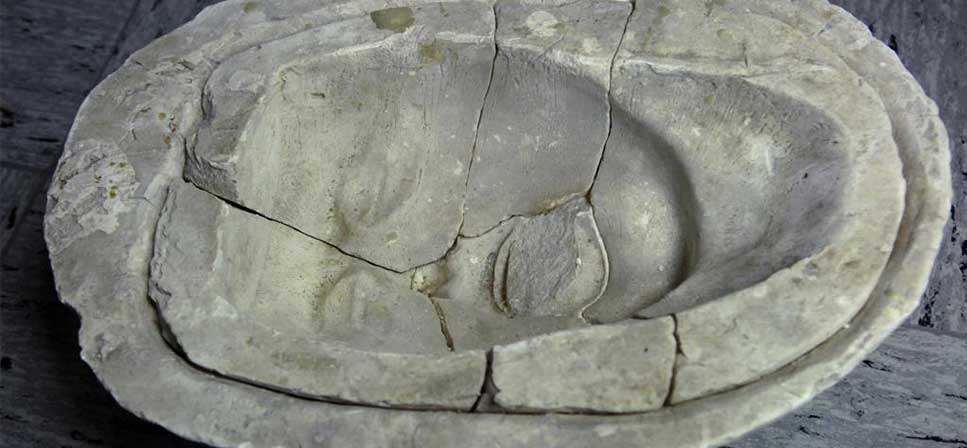Preparation of the figures
Gone are the days of simple votive offerings
In the 19th century, wax continued to be the most used material for the creation of pathological models such as those that make up the Olavide Museum collection, because the waxy material is easy to model, organic, abundant and economical.
In addition to wax, other materials were used, such as clay or plaster, the latter for creating molds.
Gone are the days of simple votive offerings (small wax figurines), used in ancient times as an offering to the deities in gratitude for healing the sick.
The sculptors from the Olavide Museum, Enrique Zofío, José Barta and Rafael López had a workshop in the San Juan de Dios Hospital itself. During the 84 years from the opening of the museum to its final closure, they continued to create unique and unrivaled work. The technique was also changing, perfecting and significantly simplifying the production times and process.


